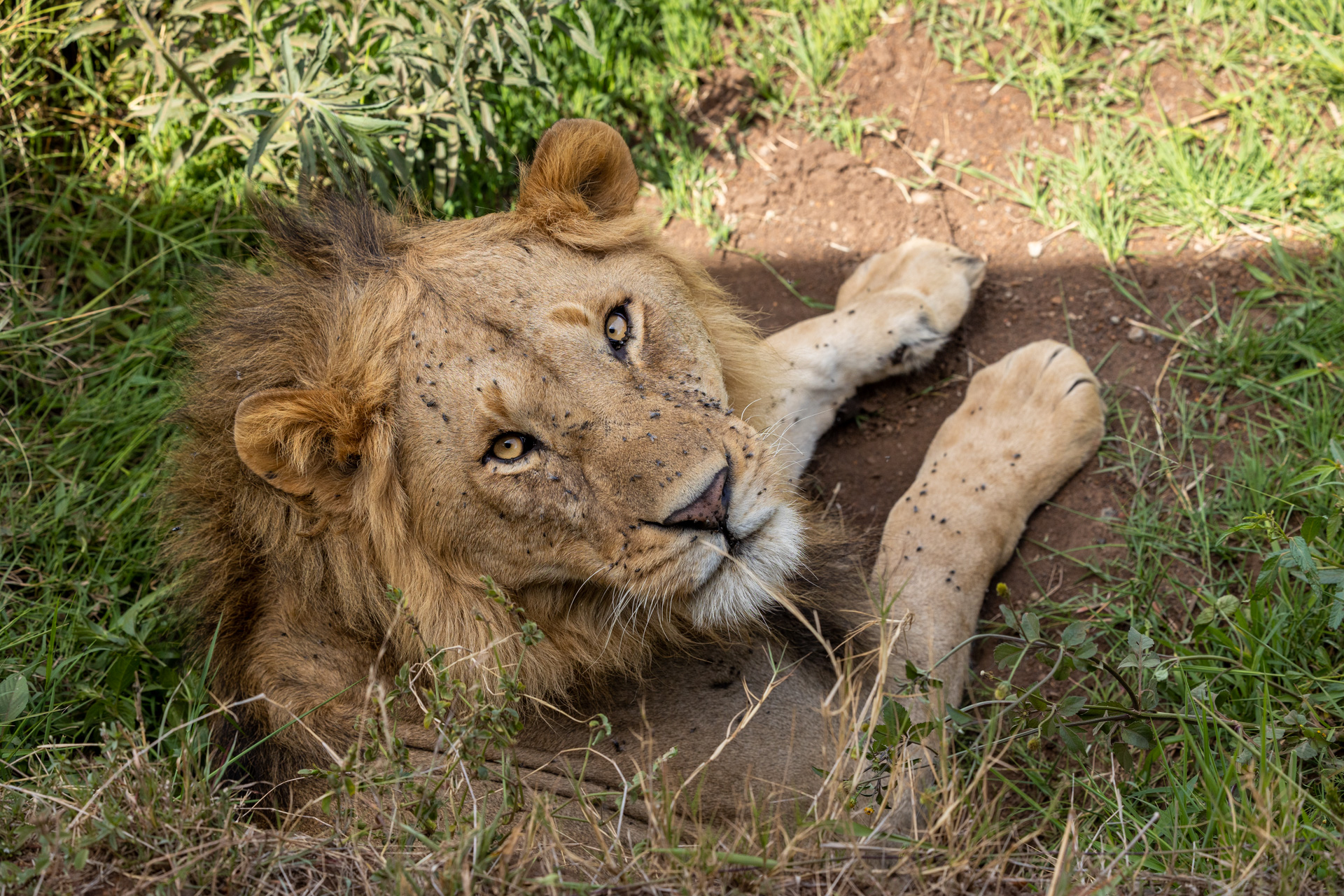
As the wildebeest herds have left the Mara, most of the lion prides in the Triangle are having to switch up their menus — and the buffaloes have been taking the hit. This week, the Egyptian Pride mercilessly brought down a mother and her calf. It was a dramatic kill — the pride first went for the mother, and as soon as they brought her down, they dug in. You could feel her pain through the look in her eyes.
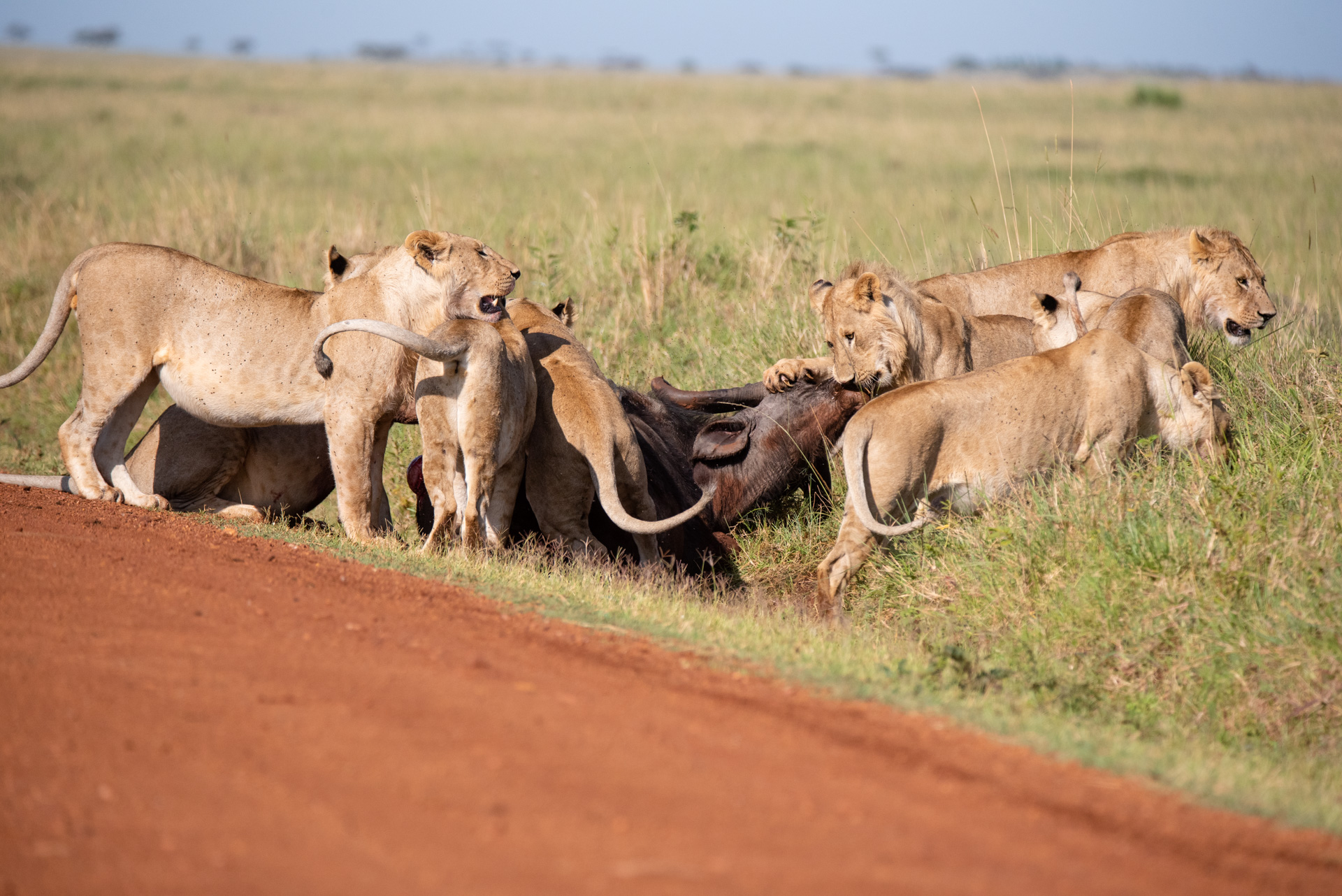
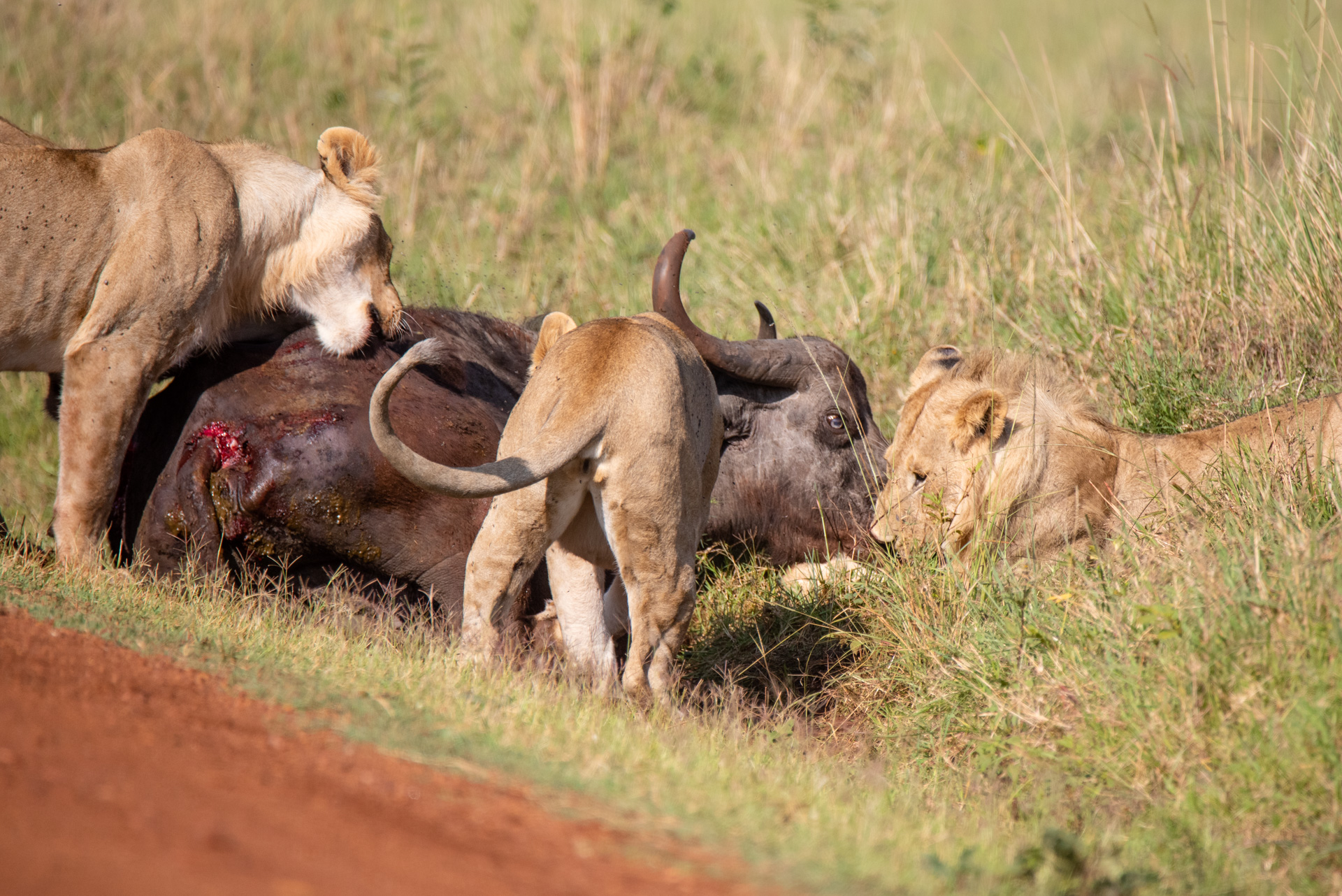
Soon after, the calf came running for the mother — clearly a bad decision. With a more tender meat option, the lions went for the calf which was quite an easy kill. Eventually, the entire pride opted for the calf leaving the mother to the 'clean-up crew'. Vultures and other scavengers descended on the kill and in 24 hours you could barely make out what animal it had been. Though gruesome at times, it’s always fascinating to watch as nature takes its course.
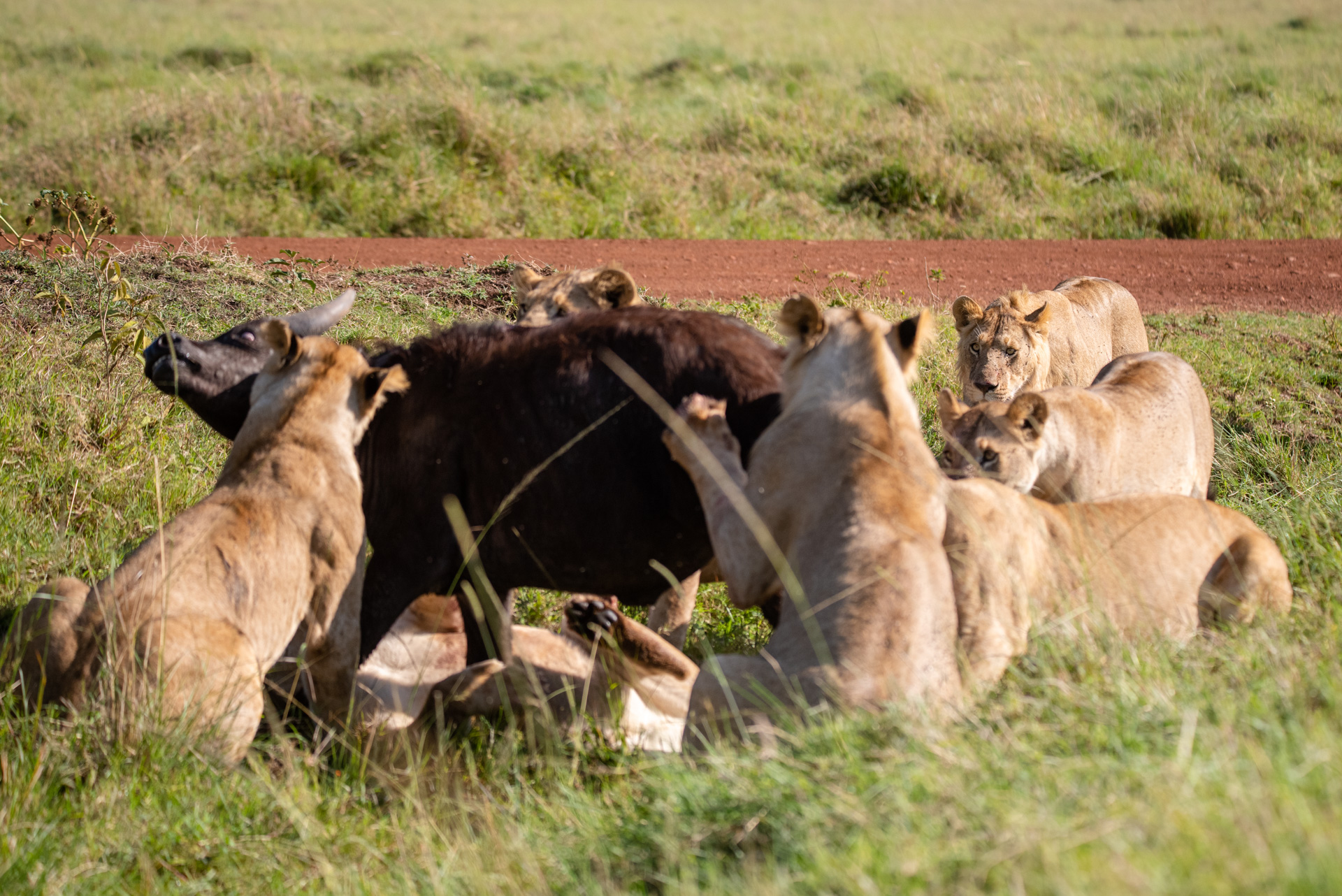
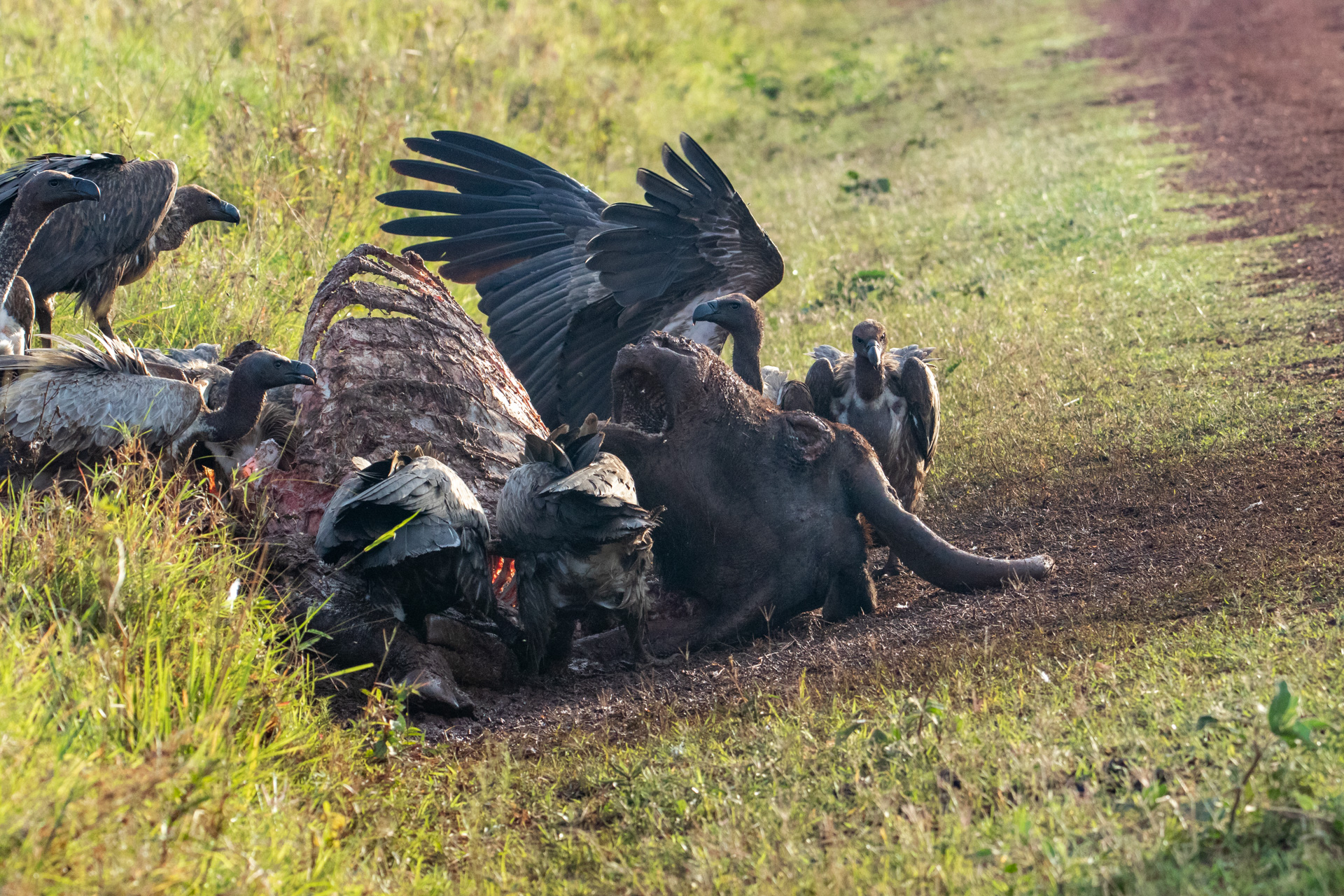
What's also natural, is some days are better than others when it comes to sightings. On this particular morning, we drove down the escarpment and within 15 minutes Nadallah was out and putting on a show, as only she can do. One of the most interesting leopards in the Triangle, she spends much of her time jumping up and down trees creating great photo opportunities for our guests and for us here in the Photographic Studio.
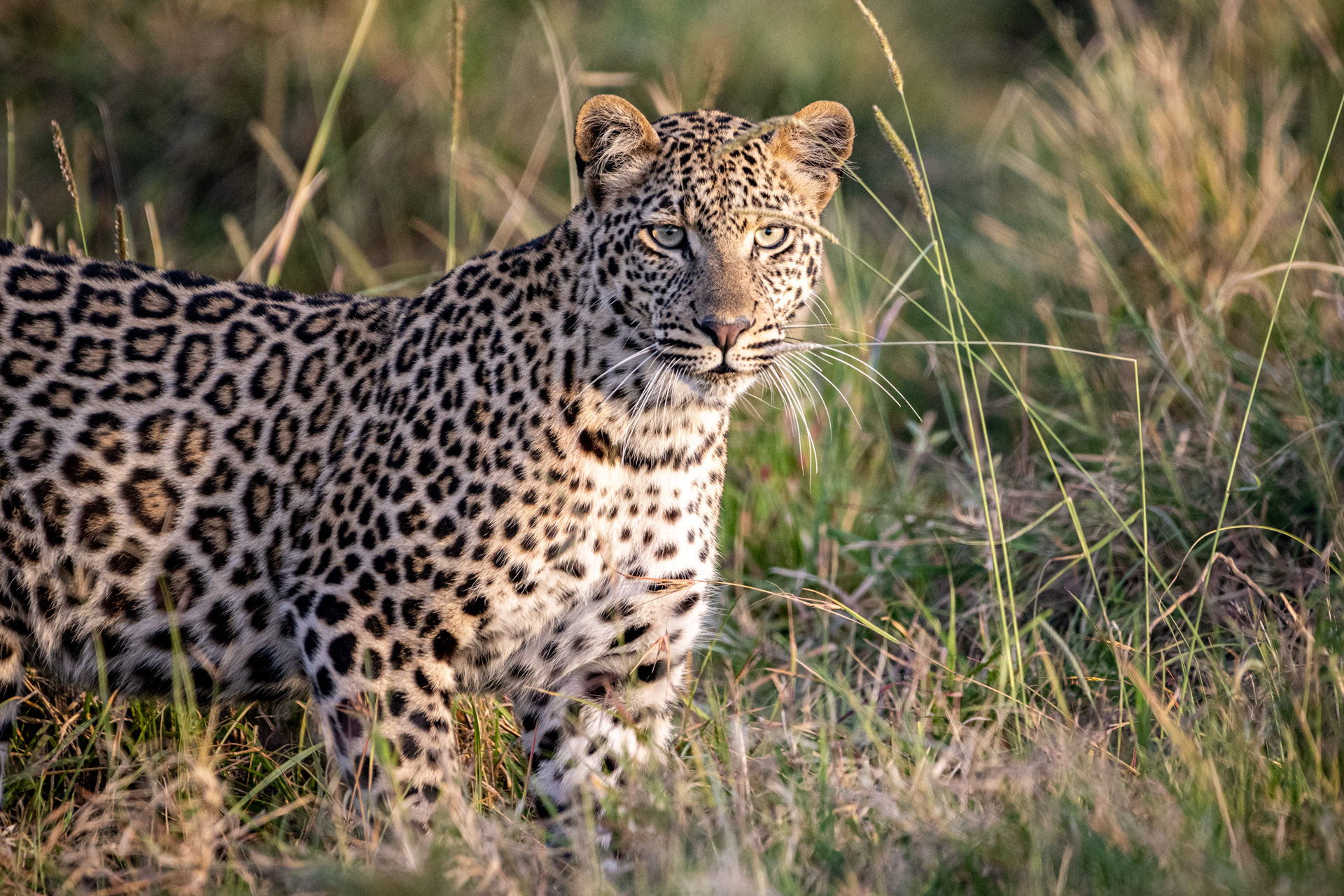
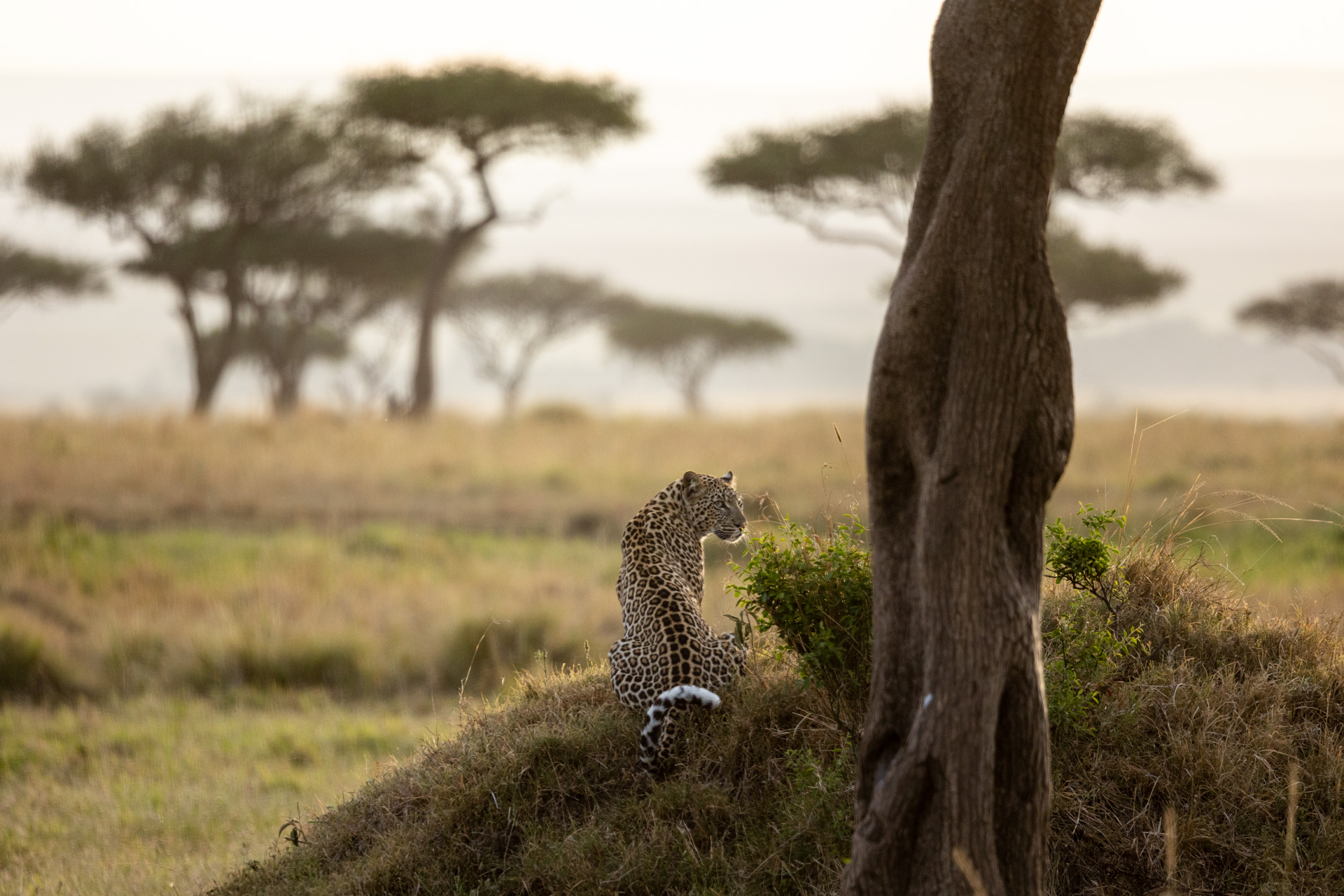
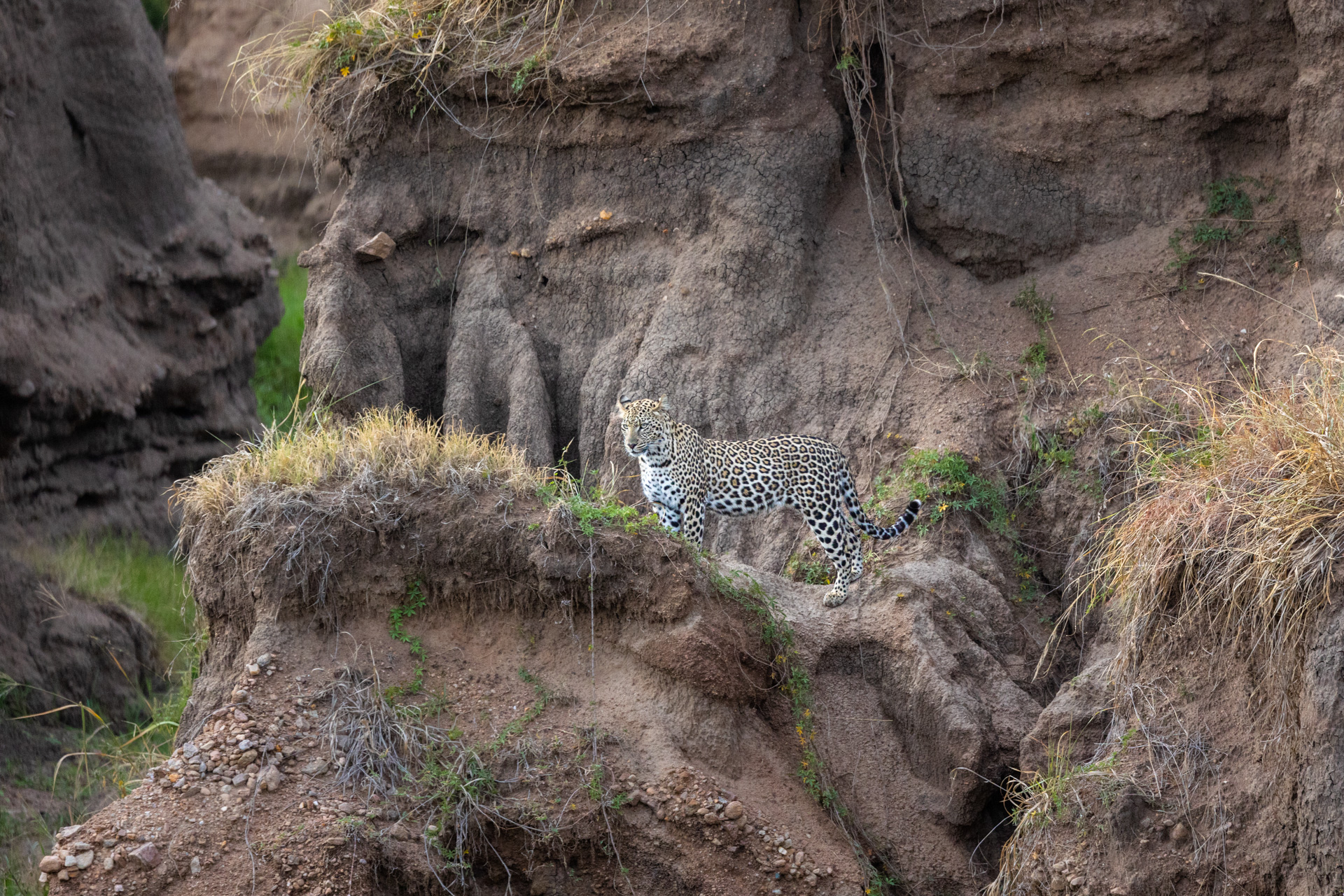
This time, she was looking to quench her thirst and when she found water, she spent a good amount of time drinking, indicating she may have had a good meal in the previous hours. She then strolled into a nearby gully where an elephant was grazing and it seems like her presence spooked it.
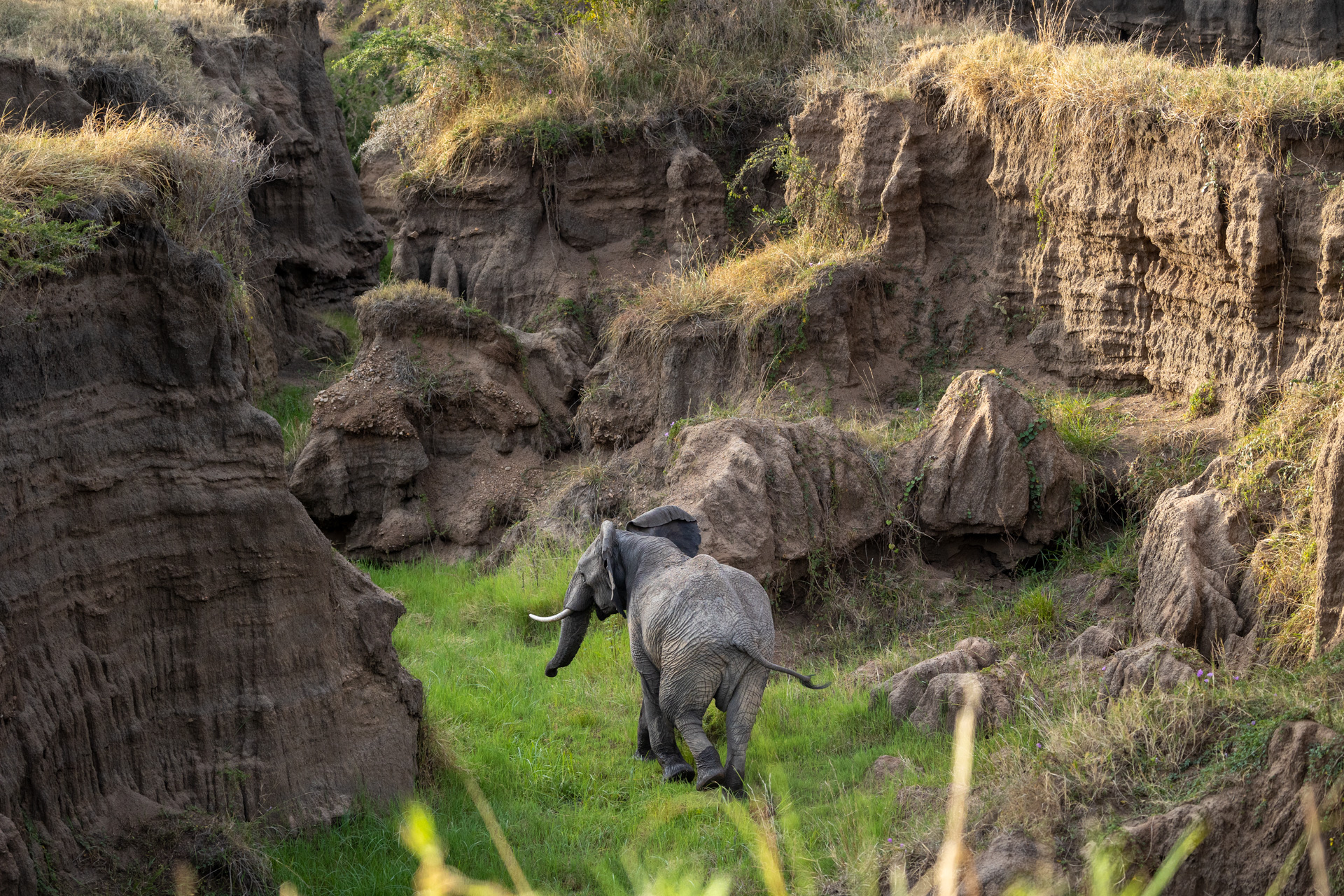
Not far from the leopard sighting, just after crossing the Shieni bridge, we bumped into the only remaining female of what used to be the Angama Pride. She seemed relaxed as she enjoyed the morning light on top of an anthill. Lately, She has been spotted near the lodge hunting zebra and young topi. We are all curious to see how she — and her rumoured cubs — gets along in this unpredictable landscape.
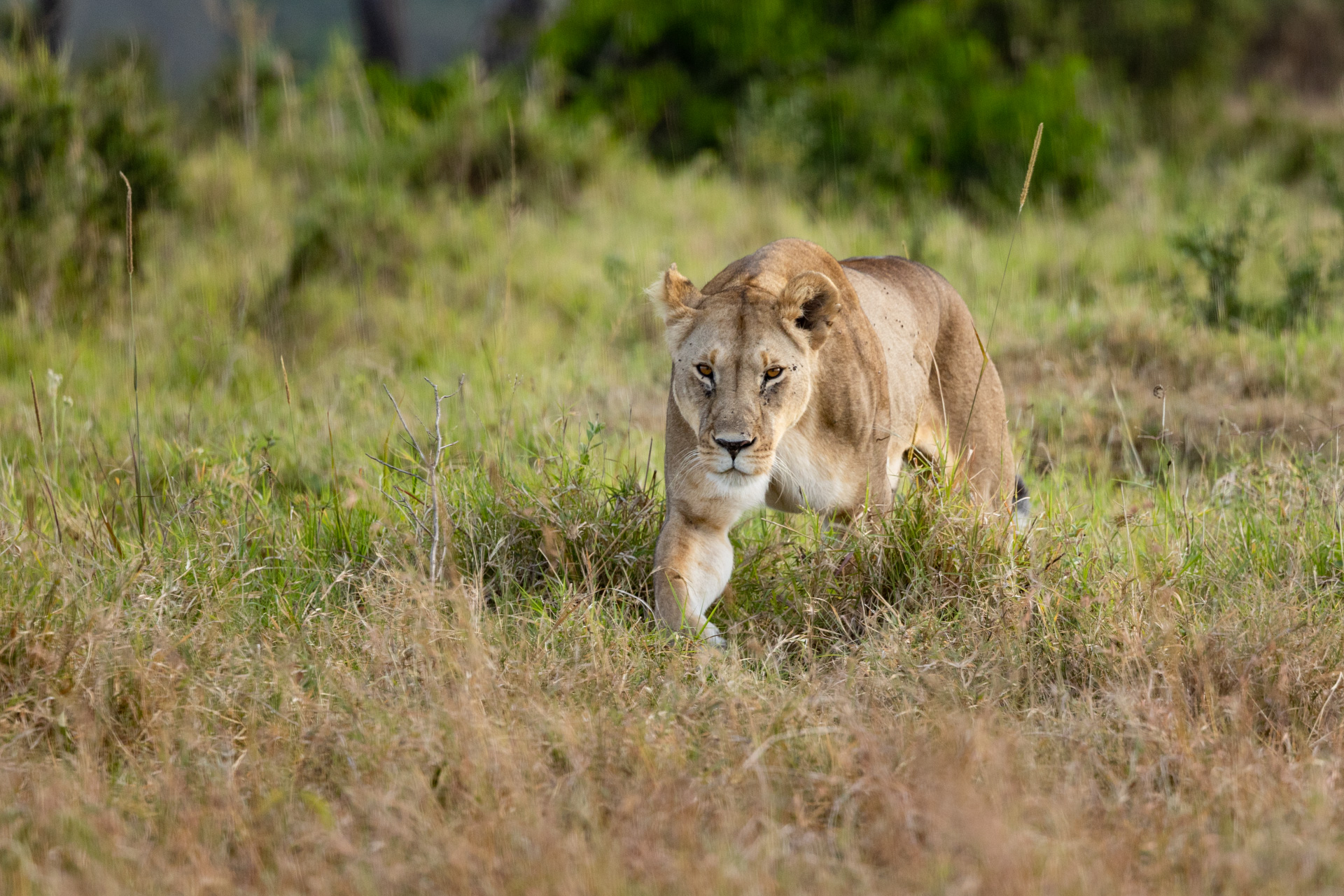
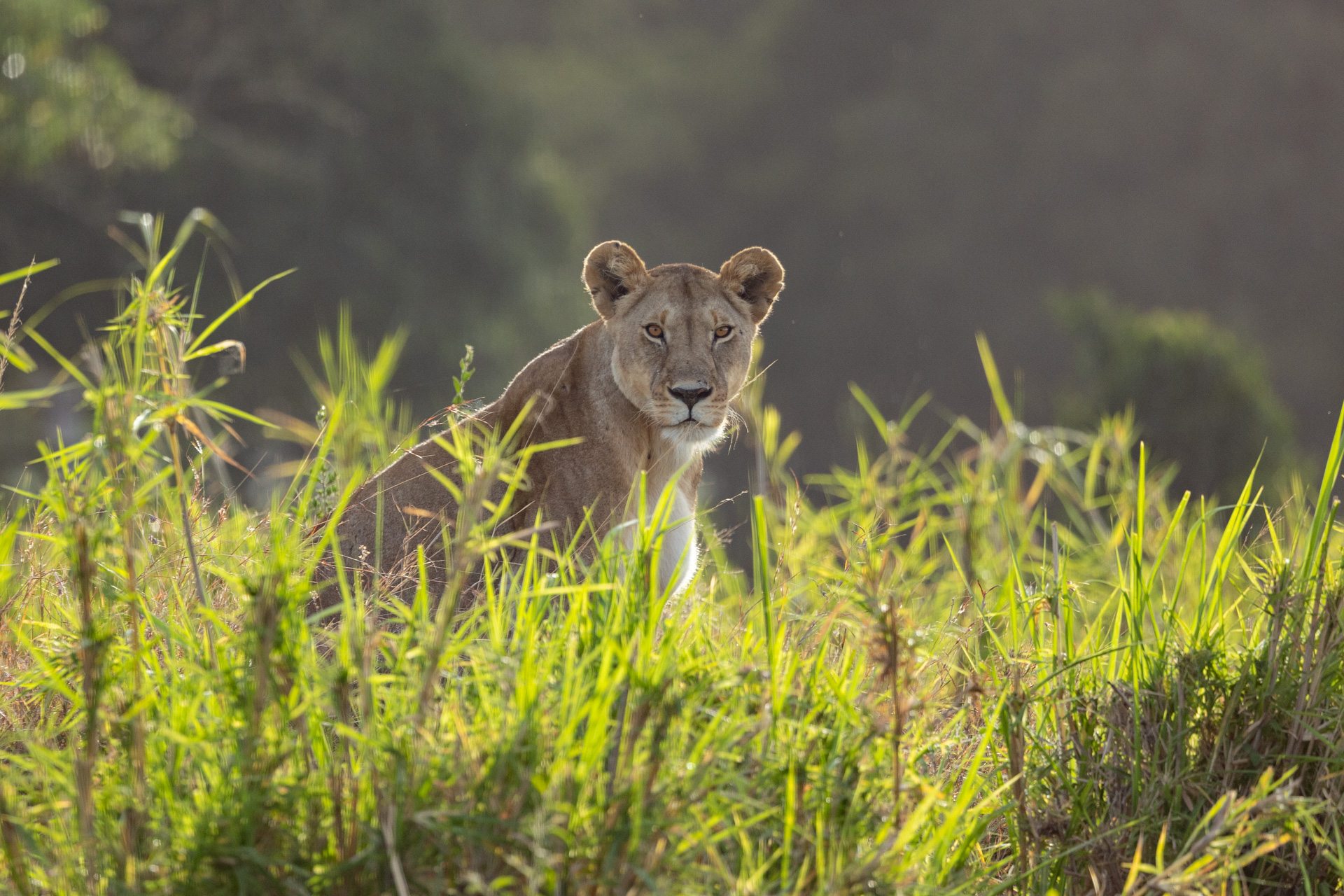
Cat and mouse, anyone? Our guests were treated to a special sighting as it is fairly rare to see a serval hunting. These cats are mostly nocturnal but you can spot them early morning or late in the evening. When we first spotted the serval, it was crouched with eyes fixed in one direction. Moments later, it jumped four feet high and pounced, snatching a mouse from the grasses in a fraction of a second. We watched as the serval squeezed the mouse with its jaws until it was immobile — and then swallowed the whole thing like a snack. and went about its business as if nothing had happened. Must have been one hungry cat.
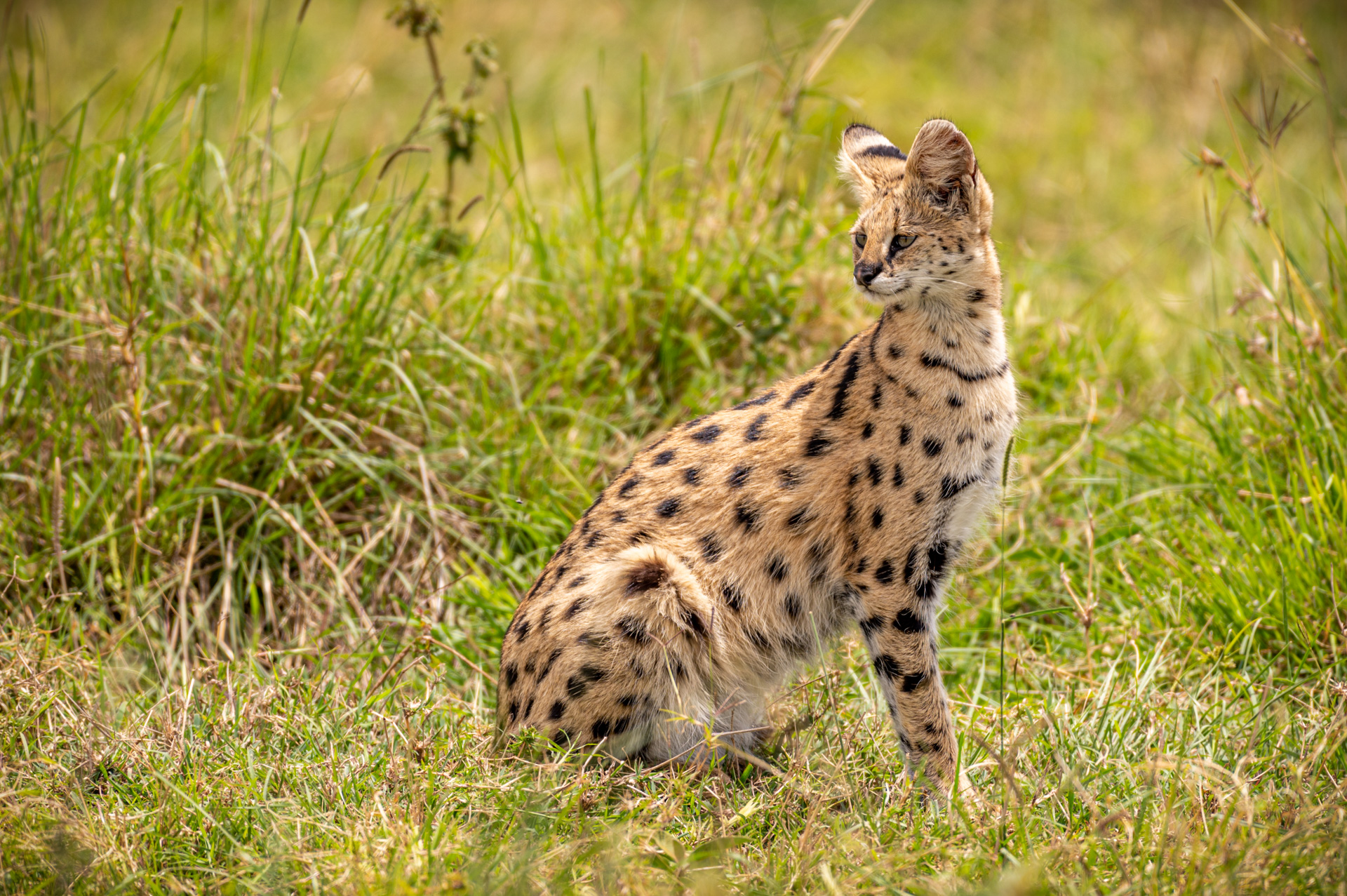
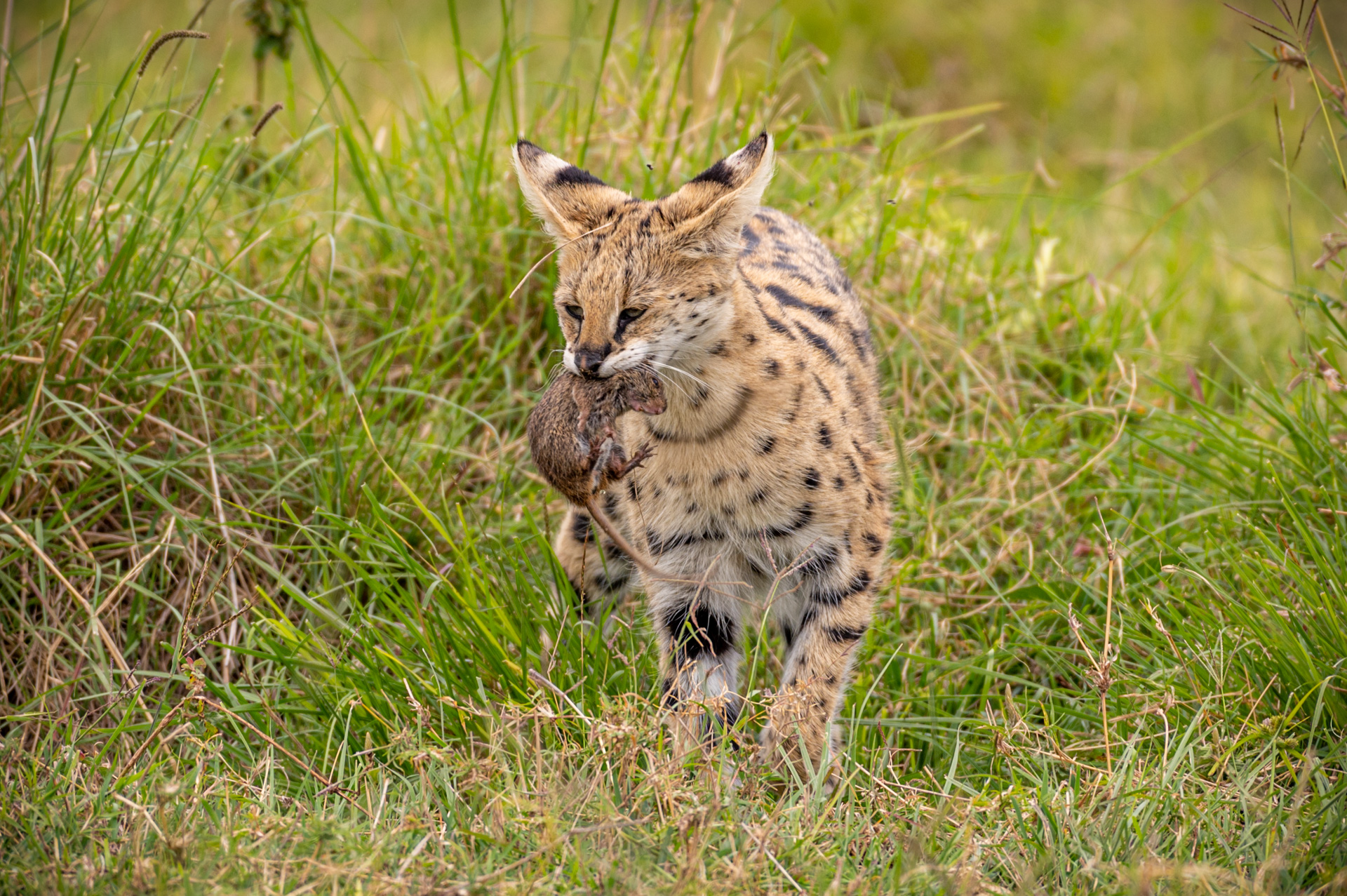
Most people are not fond of reptiles, but some, like the Nile monitor lizard, are pretty to look at, no? People with herpetophobia (fear of reptiles) won’t agree and researchers have attributed this to evolutionary origin. Apparently, humans can have an inherited stress reaction to these animals, which naturally makes us view them as scary or dangerous. Regardless, these animals play an important role in our ecosystem and some of us think they're pretty neat.
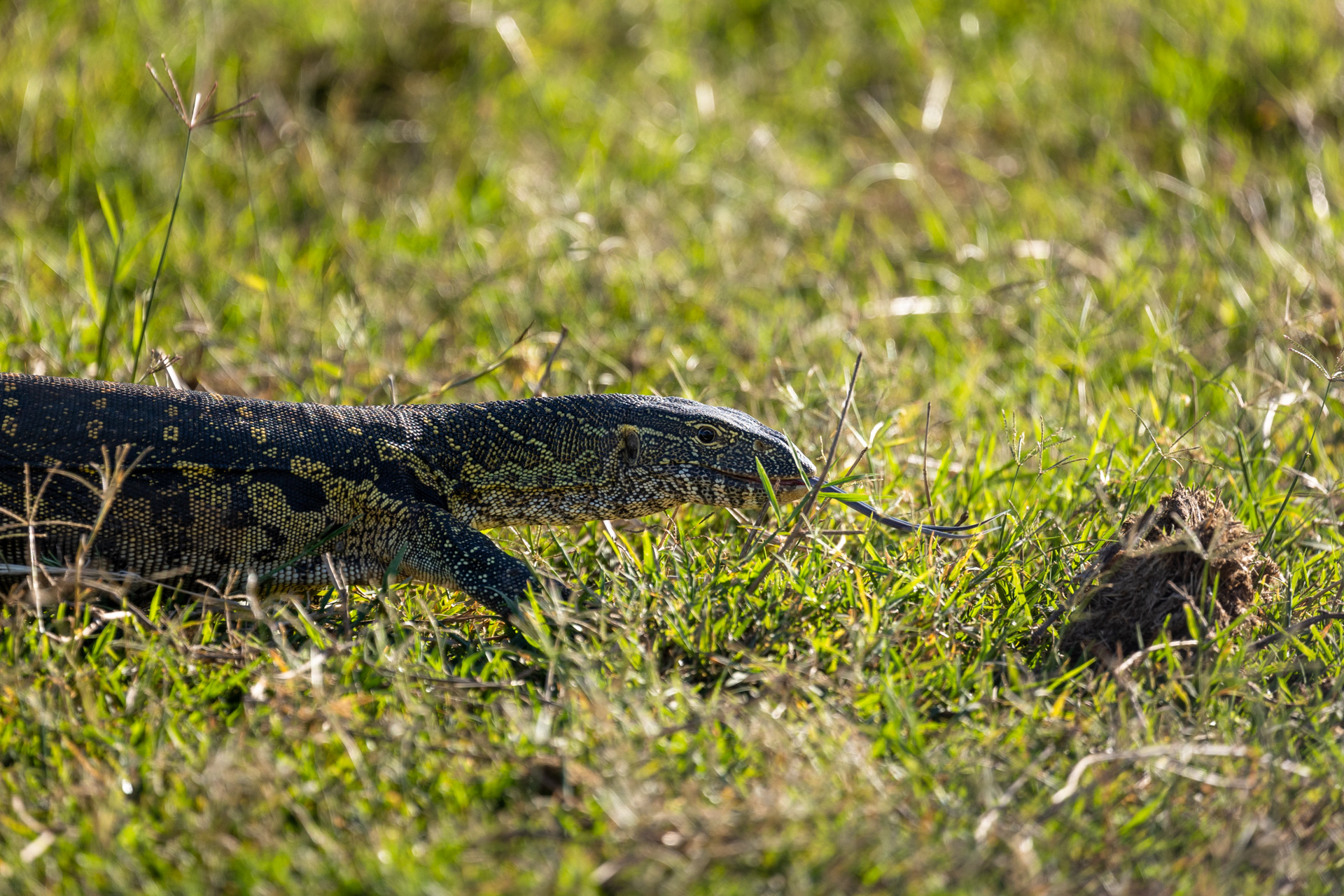
Elephants are known to be very gentle creatures but sometimes they can be aggressive depending on different circumstances. We came across two young elephant bulls flexing their muscles. In this case, these similarly aged boys would have most likely been fighting over a female or establishing rank.
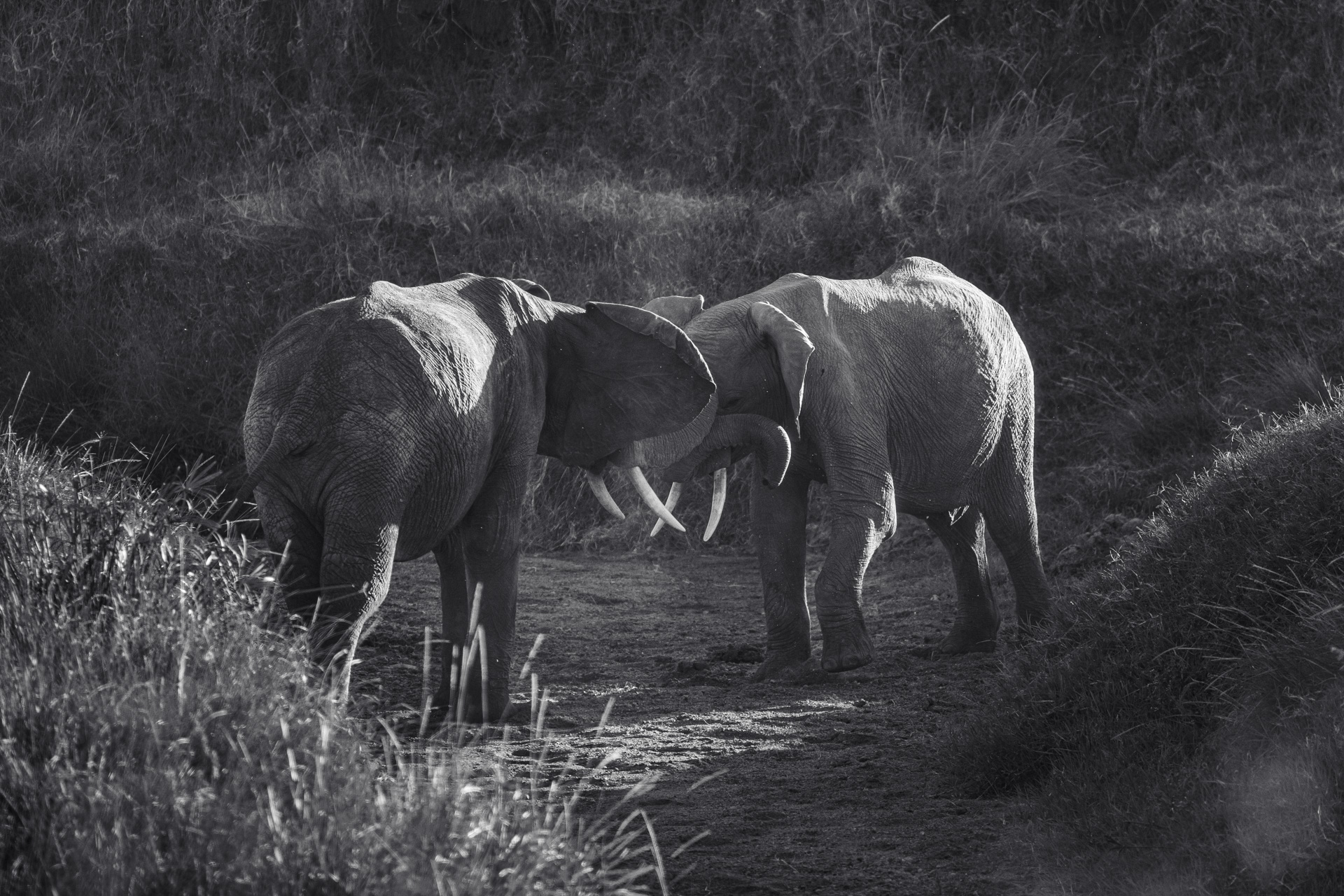
The Nyati Six males have been up to their usual tricks this week — right under our noses. Seeing them from this angle, keeping cool in the drainage lines under the road near Egyptian pond, was a different experience, to say the least. These boys are growing quickly and really filling out. They may not fit in here for much longer.
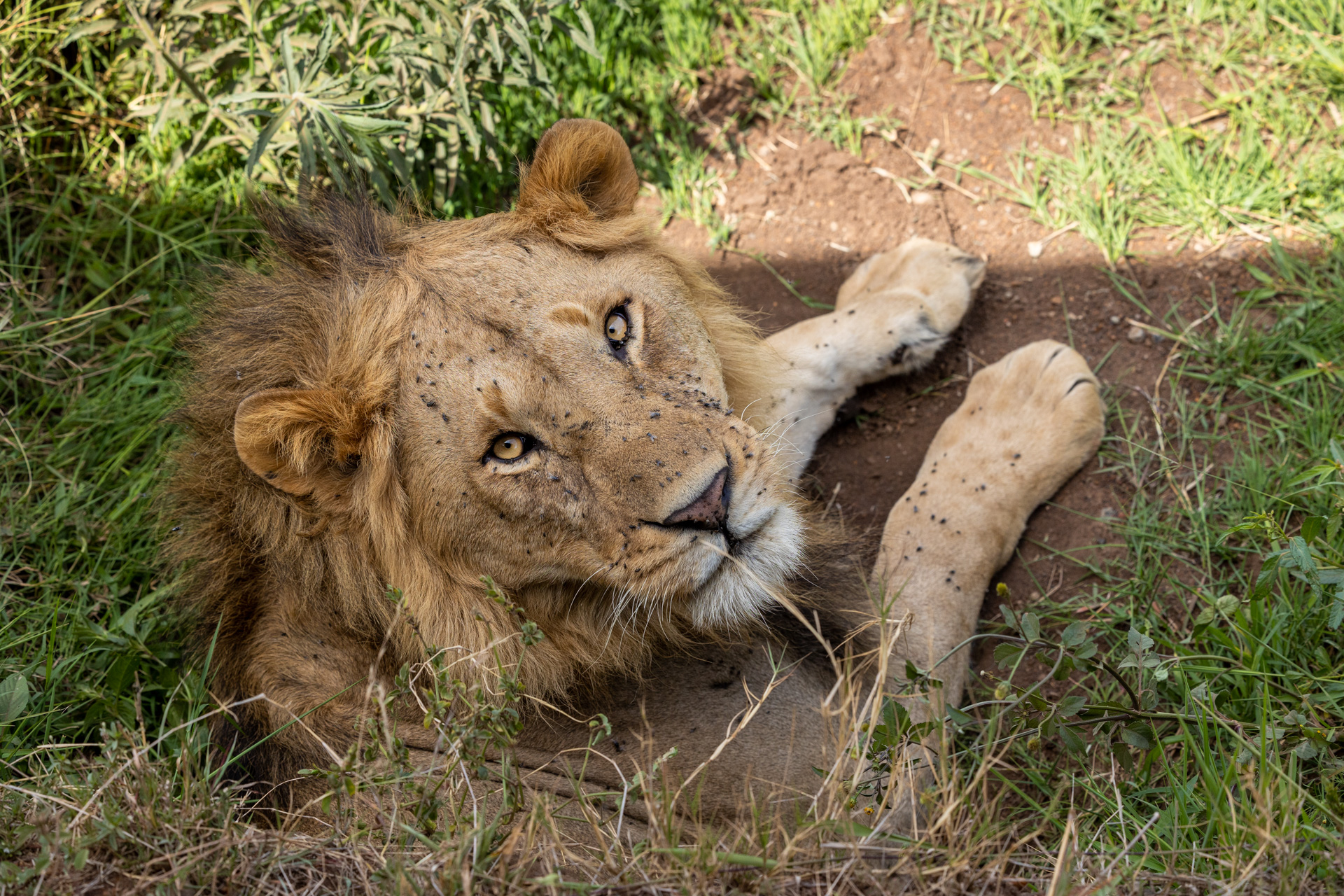
The Mara from an aerial perspective is as interesting as it is from the ground. From a bird’s-eye view, the intricate network of streams that feeds this habitat appears more like a fine art painting. In addition to a hot-air balloon ride, guests who would like to see the Mara from a different point of view have the option of an exclusive helicopter ride with the Mara Elephant Project (MEP). With a donation to MEP, this heli flip will take you on a scenic yet very informative ride over the Mara Triangle and into the Greater Mara. Shaheen, one of our guests whom I spent some time with in the Photographic Studio, took this flight and captured some incredible images from above.
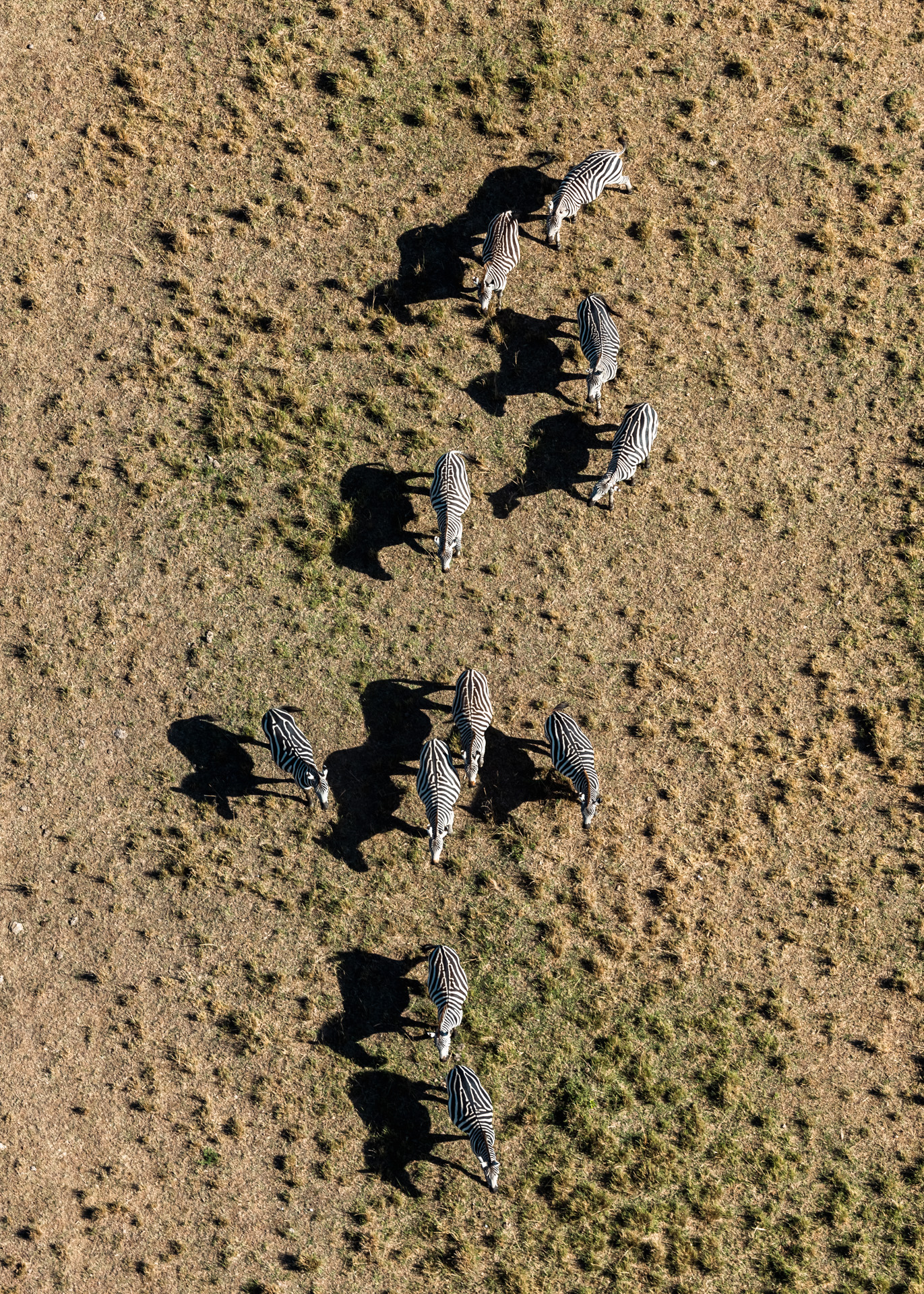
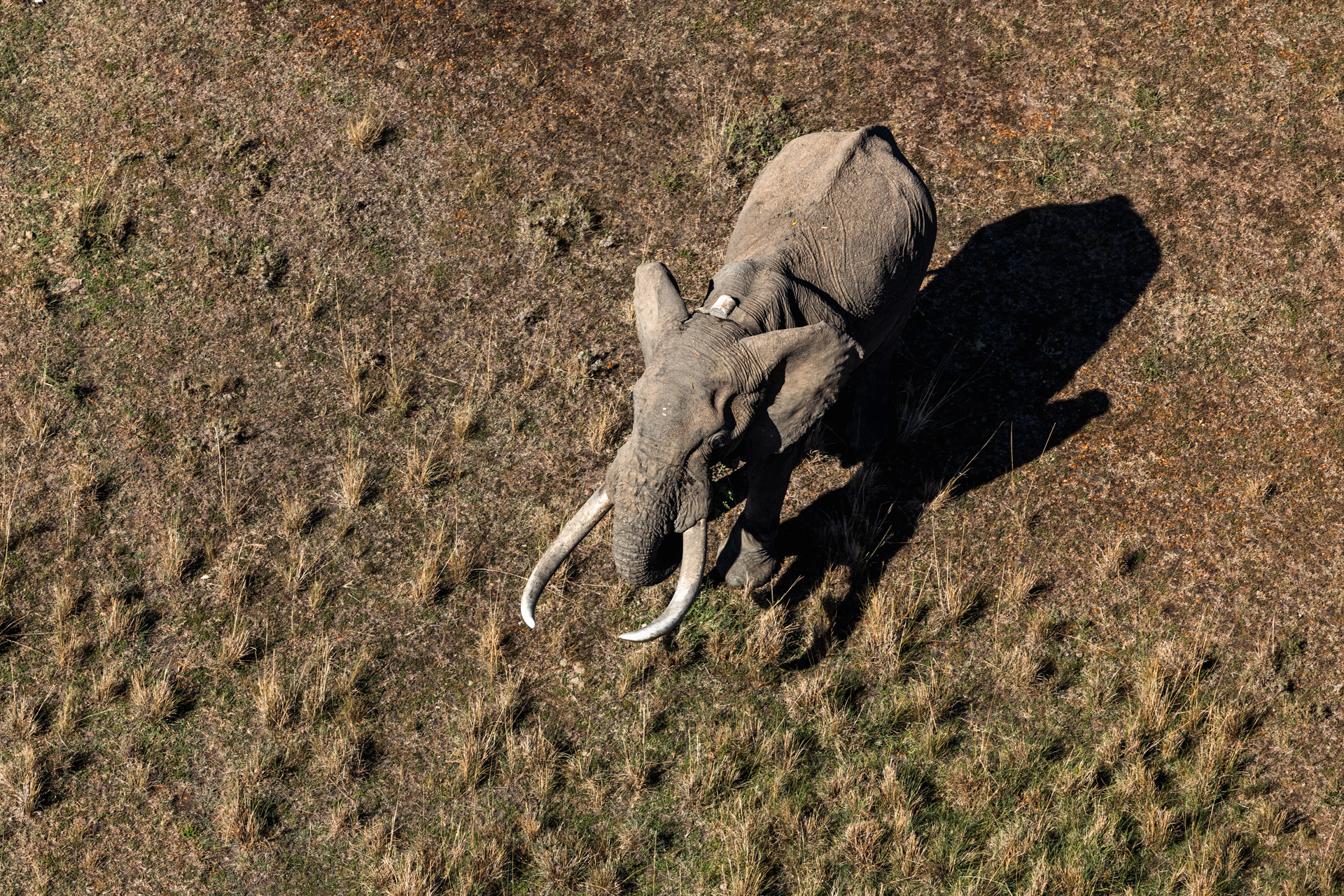
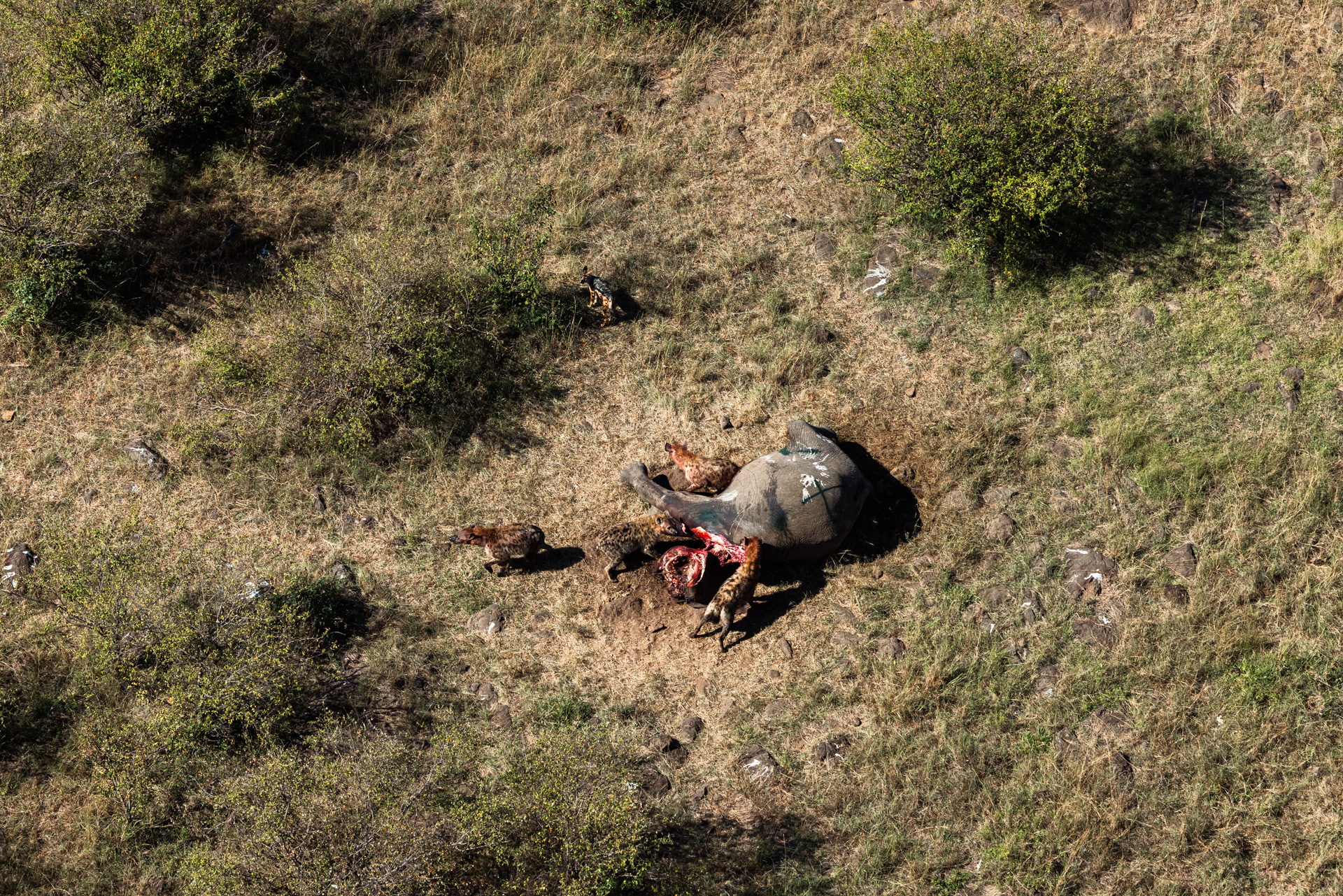
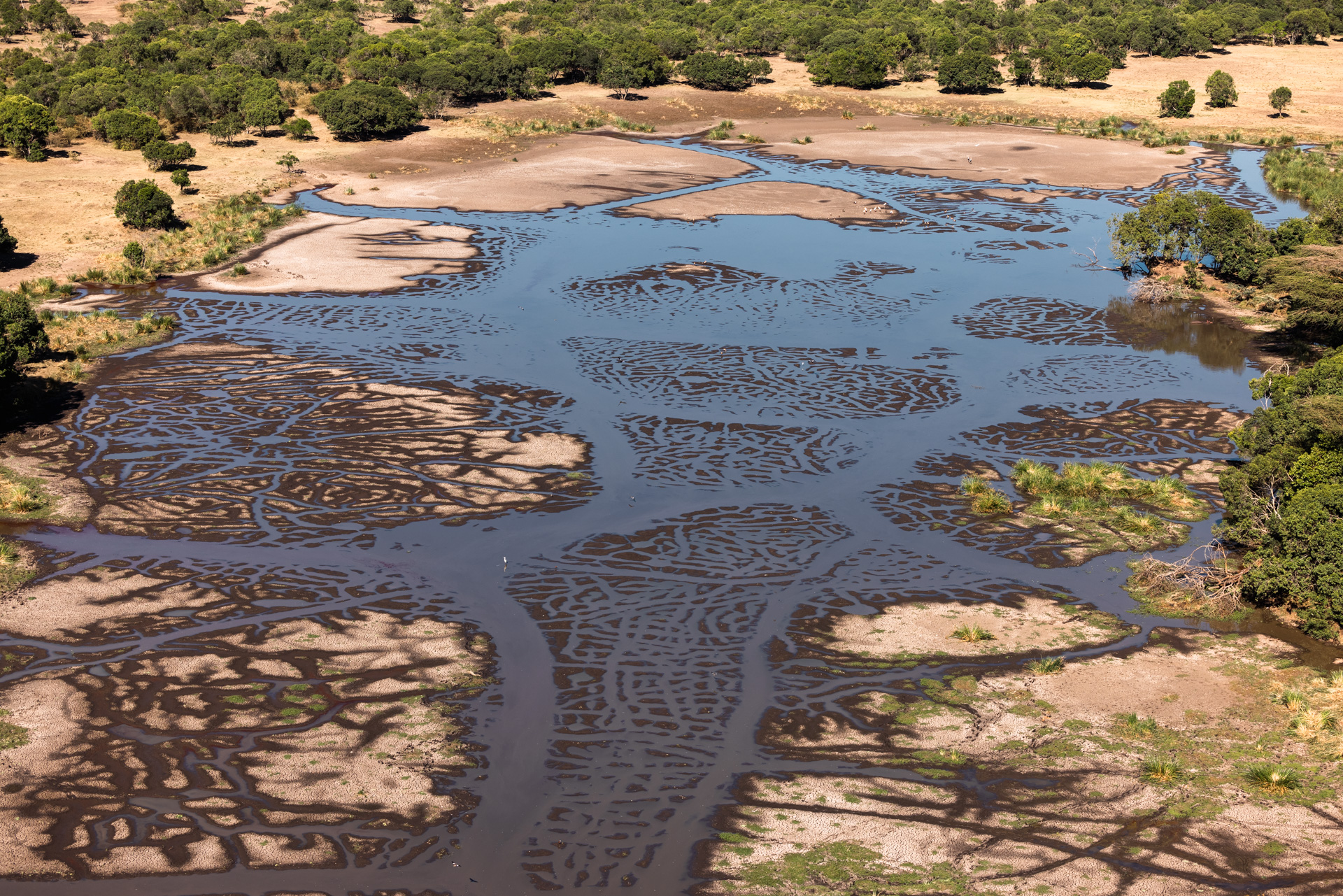
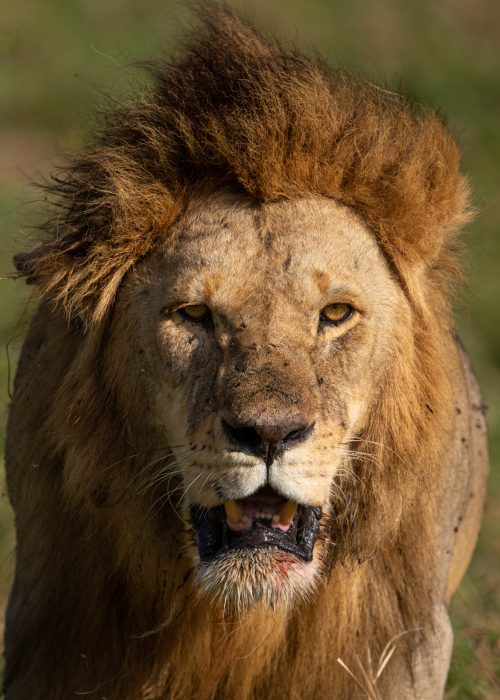
A year ago, Eric came across the Lamai Males looking as good as ever. They were mating with the Sausage Tree females.
Filed under: This Week at Angama
Subscribe for Weekly Stories
Comments (2):
31 October 2022
Amazing images, as usual. Sammy - great job! I’m still editing my images at home, creating photo books. Best wishes.
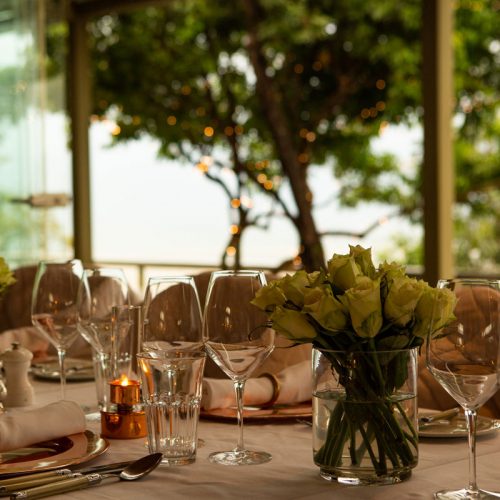
Weddings in the Mara